Photos: Progress on oil spill
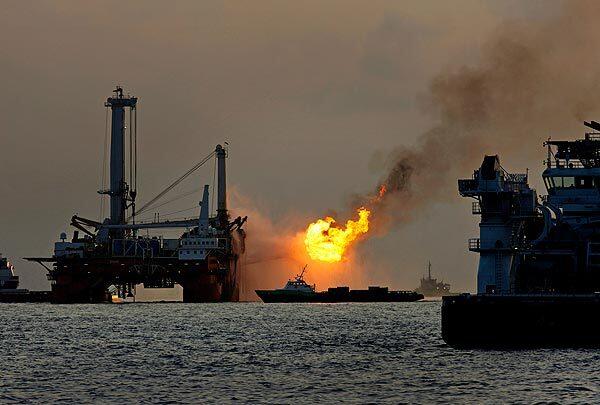
Support vessels surround the Q4000, left, in the Gulf of Mexico. The platform operated briefly Thursday during a testing problem, but it stopped collecting and burning off oil from BP’s leaking well after the well was sealed for the first time since the disaster began in April. (Carolyn Cole / Los Angeles Times)
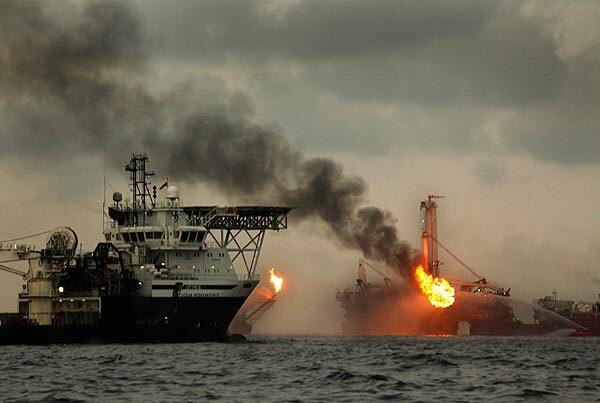
GULF OF MEXICO--JULY 15, 2010--Testing of the new capping system was halted on Thursday, when a leaking valve had to be replanced. Photo taken on July 15, 2010. (Carolyn Cole/Los Angeles Times) (Carolyn Cole / Los Angeles Times)
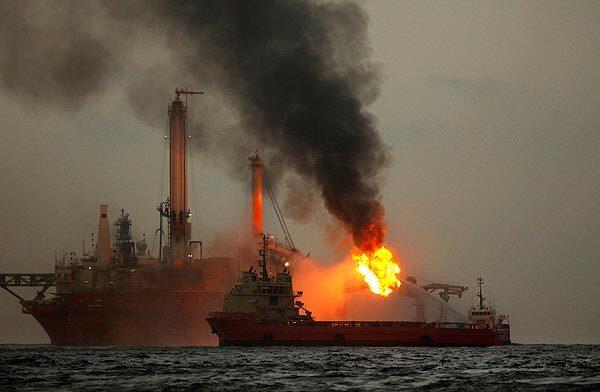
GULF OF MEXICO--JULY 15, 2010--Testing of the new capping system was halted on Thursday, when a leaking valve had to be replaced. Photo taken on July 15, 2010. (Carolyn Cole/Los Angeles Times) (Carolyn Cole / Los Angeles Times)
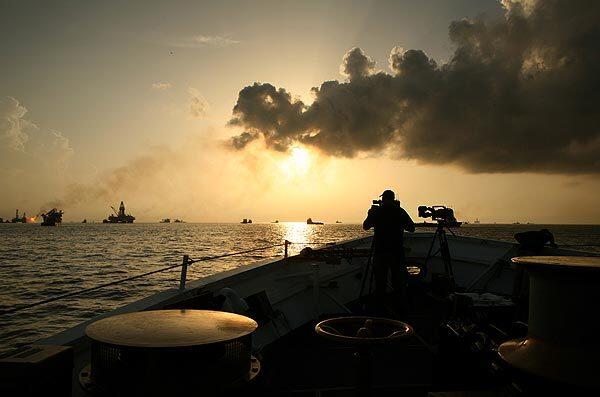
Members of the news media photograph the work in progress from the Coast Guard cutter Resolute. (Carolyn Cole / Los Angeles Times)
Advertisement
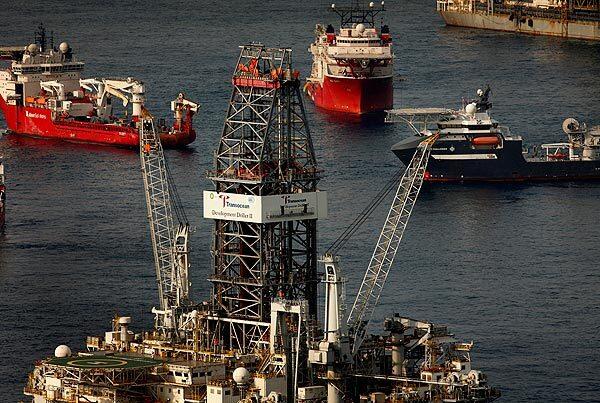
The drilling of two relief wells continues in the Gulf of Mexico. The cap being tested on the leaking oil well is a temporary fix. (Carolyn Cole / Los Angeles Times)
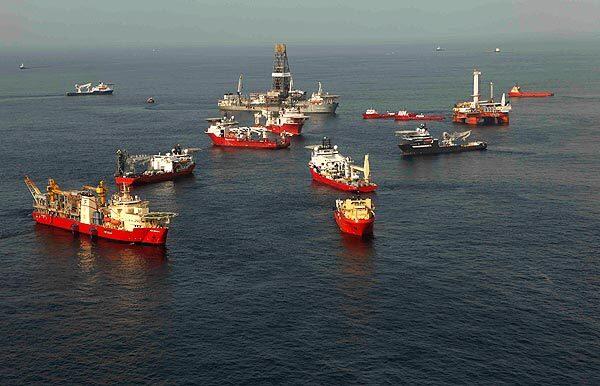
During the testing, the flares that accompany the collection of oil have ceased along with the flow of crude from the blown-out well. (Carolyn Cole / Los Angeles Times)
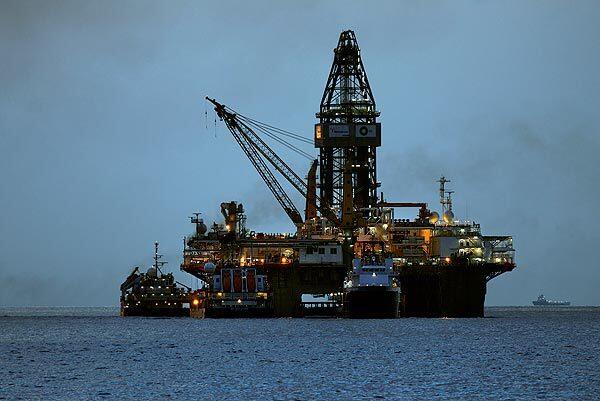
The drilling of one of two relief wells, which are expected to finally close off the blown-out oil well for good in August. (Carolyn Cole / Los Angeles Times)







